Neonatal post-haemorrhagic hydrocephalus: A 10-year institutional experience Introduction
ABSTRACT NUMBER: NESTAC MEDAL FOR MEDICAL STUDENTS_7
MAIN ABSTRACT TEXT
Introduction
Intraventricular haemorrhage (IVH) is a frequent prematurity complication, potentially leading to hydrocephalus. Treatment for hydrocephalus in IVH varies with temporising methods used to delay definitive shunting, whilst others advocate primary shunting. This retrospective case series compares outcomes between primary and delayed shunting.
Methods
Premature neonates (<29 weeks gestational age) born between 2010-2020 were identified from the neonatal database. Babies with IVH were identified and case notes were reviewed. Data collected included demographics, temporising methods, shunt failure rates, and neonatal outcomes. SPSS v27 statistical analyses were performed.
Results
Twenty-seven neonates were treated. Median gestational age was 26 weeks with median 750g birth weight. 59.3% suffered Papile grade 4 IVH. 33.3% underwent shunt insertion as first-line treatment, median age 90 days. Seventeen neonates (63.0%) were temporised with fontanelle taps and/or reservoir insertions before delayed shunting, median age 94.5 days. Median birth weight at delayed shunt insertion was 3.2kg and 3.0kg at primary shunt insertion. Shunt infection rate was 33.3%; 5 months median time to infection. Infection rates were double in primary shunting (44.4%) compared to delayed shunting. Total shunt revision rate was 63.0%; median of 2 revisions. Revision rates were similar in primary and delayed shunting groups (28.6% vs 27.8%). Outcomes: 51.9% cerebral palsy; 74.1% visual deficit; 26.0% hearing deficit; 59.3% respiratory support; and 37.0% nutritional support.
Conclusion
Primary shunting is associated with a higher infection rate, but total revision rates were similar compared to delayed shunting. Time to primary and delayed shunting were similar. Outcomes were comparable to published literature.
